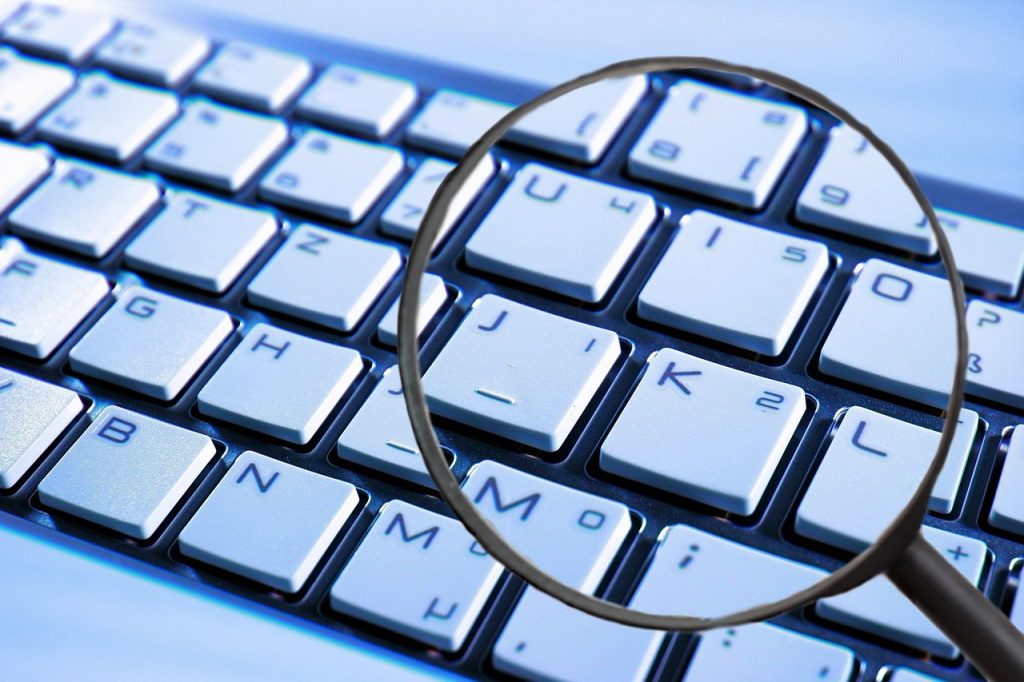Computer users typically need to remain vigilant when it comes to malware. In the realm of computer-based infections, cryptojacking is a fairly new concept. However, because of its connection to cryptocurrency mining, cryptojacking is becoming increasingly prevalent. But does that mean it’s a threat you should worry about?
What is Cryptojacking?
In the simplest terms, cryptojacking is the unauthorized use of a computing device that focuses on mining cryptocurrencies. Cybercriminals use malware to gain access to a computer, smartphone, tablet, or internet-connected home device. Once they have access, they use it to mine cryptocurrency, which they collect.
The process of mining cryptocurrency is very resource intensive. By hijacking other devices to assist with mining, cybercriminals can acquire more cryptocurrency faster.
Explaining the Increase In Cryptojacking
Part of what defines the value of a particular cryptocurrency is how hard it is to obtain. For example, there are only a finite number of Bitcoins. Not all of them have been mined. Since there is a limit to the total number of Bitcoins and mining requires substantial computing resources, they are difficult to obtain in this manner.
Cryptojacking gives cybercriminals the additional resources they need to mine cryptocurrencies like Bitcoin. As the computing demands increase, more systems and processing power give miners an advantage. The advantage increases the odds that they will successfully mine additional Bitcoin.
Since cybercriminals do not have to pay for the devices they hijack or the energy the systems use, they have essentially found a way to mine cryptocurrencies like Bitcoin for free.
How It Happens
Usually, cybercriminals gain access to a device by using malicious code. The malware gives the computer, smartphone, or tablet instructions, telling the device to mine Bitcoin. Plus, the code also determines where the tokens go. The code sends them directly into a cybercriminal’s digital wallet.
How the code ends up on a device can vary. Malicious emails are one of the more popular options. If a person clicks a link or opens a file in such an email, the malware is downloaded onto the system. Then, the cryptomining script starts running in the background. It often runs without the device owner’s knowledge.
However, malicious ads loading on webpages (including reputable ones) can also attempt to load malware onto devices. Many sites rely on ad networks for the ads they display. These ad networks contain thousands and thousands of ads. Some of which are designed to place malicious code on devices.
At times, malicious code is written directly into a website’s script. When a person visits the site, the code executes, attempting to infect the computer.
Preventing and Detecting
As with all forms of malware, having strong, up-to-date antivirus software is a critical step in protecting your devices. By making sure your antivirus software remains current, you increase the odds of identifying malicious code before it makes its way onto your device or is properly removed if your system is infected.
Using ad-blocking software can also help in the fight against cryptojacking as it stops ads (including malicious ones) from opening in the first place. Avoiding attachments and links in unsolicited or suspicious emails is also a smart move.
If you happen to be a victim of cryptojacking, you might not notice when the malicious code executes. However, if you notice abnormally high processor usage, slow response times, sluggish operations, or that your device is suddenly overheating, it could be a sign of an infection of cryptojacking code.
What Do You Do If You Are Infected with Cryptojacking Code
Malware can be notoriously difficult to remove if it is sophisticated. It isn’t as simple as removing a program or app from your device. Usually, identifying where the problem lies requires the right antivirus software or a trained eye.
Should an issue occur, you should do a scan through your antivirus immediately. In some cases, you may want to run supplemental scans through additional security software providers, as long as the company is reputable.
If you are unable to handle the issue on your own, you may have to seek assistance from a tech professional. They have additional knowledge about battling against malware and how to remove it.
Should You Worry About Cryptojacking?
As with all malware, an infection can be incredibly damaging. Cryptojacking significantly impacts the performance of your device and could lead to overheating issues that may cause components to fail. Additionally, cryptojacking lets someone else profit from your device, which can feel like a kick to the teeth.
If you keep your antivirus up-to-date, avoid attachments and links in suspicious emails, and are careful about the websites you visit, you are taking all of the right steps. When defending your devices against malware, vigilance and being careful are the keys to avoiding potentially bad situations.
While cryptojacking is becoming more prevalent, anyone who is on top of their security may not need to change their habits to stay safe. However, it does not hurt to educate yourself about the signs and risks of cryptojacking and to remain cautious when visiting unfamiliar sites or reading emails from addresses you don’t recognize. Similarly, using ad-blocking software can help. Just make sure to chose a reputable browser extension if you want to go that route.
Have you ever been a victim of cryptojacking? Share your experience in the comments below.
Read More:
- How Can You Tell Which Cryptocurrency Exchange is Safe for Trading?
- Could Warren Buffet Be Right About Cryptocurrency?
- Is Rento an ICO You Should Have Invested In?


